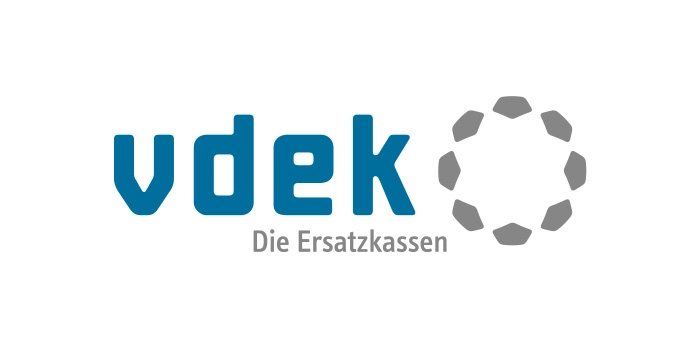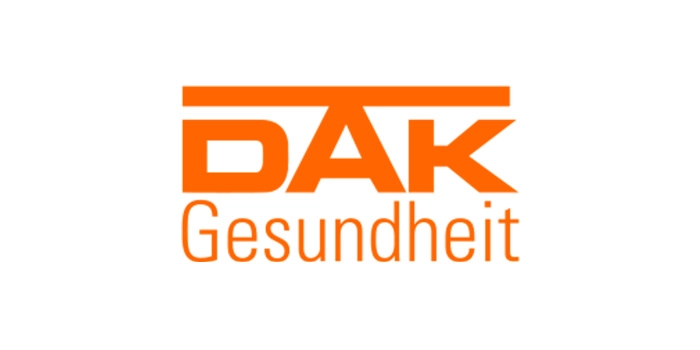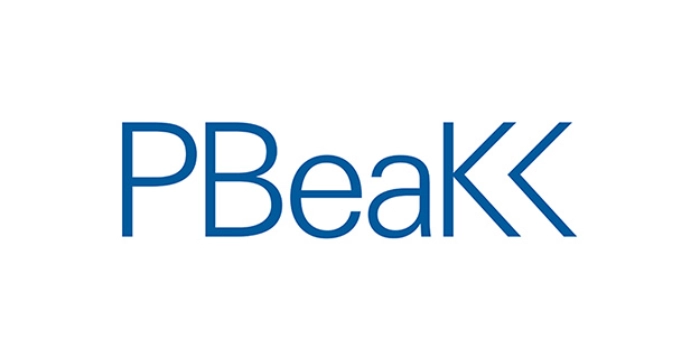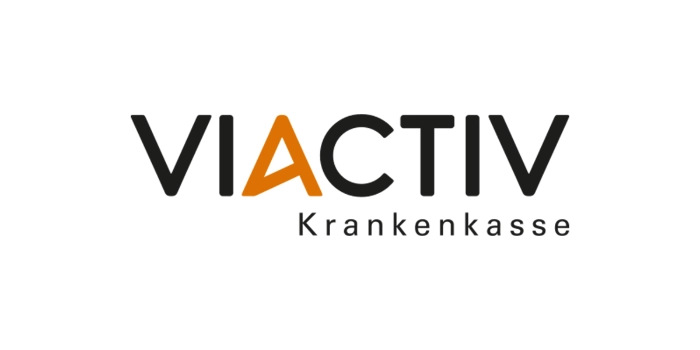

IT consolidation (study)
Interview with Frank Gestl
IT consolidation in public administration aims to standardize IT infrastructures and centralize databases in order to increase efficiency and security. This includes projects such as the modernization of data centers and the migration of decentralized server systems.
What is IT consolidation?
IT consolidation is a key issue in public administration. At the federal, state and local government levels, it is an important part of the digital transformation of the state and society. IT infrastructures, databases and specialist IT processes are merged and ideally standardized. Users then use these specialist procedures on standard workstations that are to be newly developed and provided. Behind this are goals such as administrative modernization and cost efficiency, but above all the creation and improvement of IT security. That sounds pretty abstract at first.
It becomes clearer on the basis of specific projects. The aim of these projects is to set up and modernize data centers in which the basic IT infrastructure for secure and stable operation is created. Follow-up projects as part of IT consolidation are then usually migration projects in which server systems are migrated from decentralized locations or technologically rebuilt. All with the aim of migrating technologically modernized and secure IT processes with their databases to this new IT infrastructure and operating them efficiently.
How has the topic developed? What has changed?
At state level, public IT service providers were already pushing ahead with consolidation projects at the start of the millennium and have now reached an advanced level of maturity - even if not uniformly across all federal states. One example of this is the public IT service provider Dataport, which was founded in 2004. The service provider provides IT services for public administrations and institutions in various federal states and operates data centers for state and municipal customers. Since its foundation, Dataport has grown steadily across state borders and plays a central role in the digitalization of public administration and the modernization of administrative processes. Nevertheless, IT consolidation from the municipalities to the IT service providers of the federal states still offers a lot of potential and even more challenges.
In 2015, the then federal government initiated an extremely ambitious project with the federal IT consolidation: the consolidation and standardization of the federal government's IT with several strands of action such as the consolidation of operations and services or the bundling of IT procurement. The centralization of IT procurement has already been successfully implemented. However, the original time and cost planning for the consolidation of operations and services was far too optimistic. The complexity and the need for coordination are significantly more complex than initially assumed, but the federal government's commitment to the goals of implementation remains in place. The framework conditions for the digitalization of public administration are changing as a result of new political projects such as the Online Access Act, the modernization of the registry that has been launched and the stricter measures to improve IT security. This has resulted in new requirements and adjustments to scheduling and budgets for ongoing IT consolidation projects.
What are currently the biggest drivers of the issue and which factors tend to act as brakes?
Politics and administration, like society, also see the need for modernization. Public administration needs a stable, future-oriented and resilient IT infrastructure in order to be able to fulfill its tasks in the field of tension between different framework conditions - including professional/ procedural, technological and demographic developments. At the same time, public administration projects often require joint management by the federal, state and local authorities. The departmental principle and federalism lead to complex and lengthy planning and decision-making processes. Politics and administration find it difficult to keep pace with the speed of technical development and increase the pressure by setting up new projects with dependencies on ongoing projects with limited resources at the same time. In the course of IT consolidation, it became clear that there is too little capacity and technical expertise at all levels of public administration to manage complex IT projects.
Long-term projects spanning several legislative periods, such as IT consolidation, are difficult to implement in Germany. In addition to phases of uncertainty, for example due to budget freezes, each change of government is also associated with changes in political priorities, which have an impact on the project organization.
The topic of IT consolidation is still relevant and will continue to occupy us for some time to come. This is also shown by the current IT consolidation study, in which you played a key role. What was the working process like and what were your experiences during the project?
It was an exciting and insightful task. We carried out the study for the fifth time and quickly came to the conclusion during preparation that we should adapt the questions to the progress and developments - both structural and technological. Two to three years ago, the topic of the cloud was still very controversial in public administration. In the meantime, the cloud has become established. The topics of IT security and register modernization have also moved into focus. We have integrated these developments into the study and at the same time updated the previous focal points of operational consolidation and service consolidation with regard to the issues. Increasingly, we will survey the experience gained after implementation and satisfaction with the goals achieved. Our readers can also expect future studies on IT consolidation from msg.
I was fascinated by the personal interviews with decision-makers from public administration. I was able to experience how committed and reflective they were when they spoke to us very openly about progress, obstacles and ideas for solutions. That was rarely political. A sign that we as msg are highly trusted.
What contribution can msg make to IT consolidation in the future and what tasks do we still have to face?
As msg, we have already supported many consolidation projects at federal and state level. As part of the federal government's IT consolidation, we are currently working on operational and service consolidation projects on the strategic client side - i.e. in the ministries - and with the implementing contractor - usually a public IT service provider such as ITZBund. This consolidation will certainly continue until the end of the decade. We are thus contributing our expertise in planning and implementation. Our main areas of expertise are project management and the project management office, as well as the design of the migration architecture, technical concepts and quality management. In addition to the experience of our employees, our customers particularly value our reliability and networking. After all, consolidation projects are complex undertakings with a long-term character.
Author profile: Frank Gestl

The storm-tested northern man with a southern German name and a high affinity for IT helped shape the banking world for 20 years as a consultant and IT project manager during and after his business studies. Since 2013, he has been passionately dedicated to public administration in leading positions with a focus on development and IT infrastructure. At msg, he is responsible for projects related to the consolidation of operations and services. "Creating great things together" is his motto.











